Letter of Approval Template for Professional Use
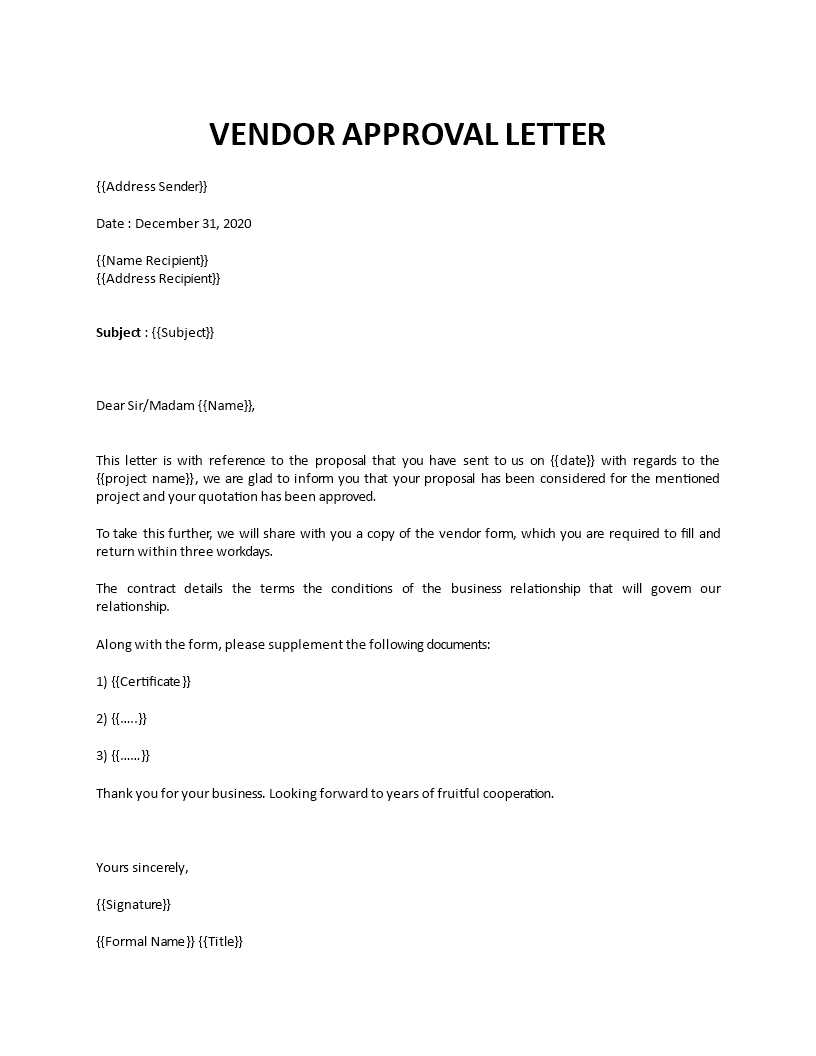
In various professional environments, written confirmations are crucial for solidifying decisions and ensuring clear communication. These documents serve as an official means to express consent, endorsement, or recognition of specific actions, offering a structured approach to formalizing agreements.
Whether you are granting permission for a project, confirming a business decision, or validating an action, it’s essential to maintain clarity and precision. A well-crafted written confirmation outlines key details in a concise format, ensuring both parties understand the expectations and next steps.
Developing a strong document requires attention to detail, as it must convey the right tone and provide all necessary information. The structure and language of the text should reflect professionalism, while the purpose remains clear and transparent to all involved parties.
Purpose of an Approval Letter
Written confirmations play a vital role in establishing trust and ensuring clarity in professional settings. These documents are essential tools for providing clear consent, validating decisions, or formally recognizing actions taken by individuals or teams. Their primary purpose is to ensure that all parties involved understand the terms and conditions of the agreement, leaving little room for ambiguity.
Such confirmations are used to formalize decisions and actions, providing a record for future reference. They can serve as a legal document, ensuring that the approved action is carried out with full knowledge of the involved parties. By clearly outlining what is being authorized, these written communications prevent misunderstandings and protect both parties in professional and business settings.
When to Issue an Approval
Formal consent should be provided in situations where clear acknowledgment is required to proceed with a decision, action, or project. This written confirmation is typically issued when there is a need to validate or endorse something officially, ensuring that all relevant parties are in agreement with the outlined terms.
It is crucial to issue this confirmation before moving forward with any initiative that involves significant resources, commitments, or expectations. Whether it’s for authorizing a new project, approving a business deal, or confirming an individual’s request, this document serves as a safeguard to ensure all aspects are properly addressed and acknowledged.
Essential Elements of a Template
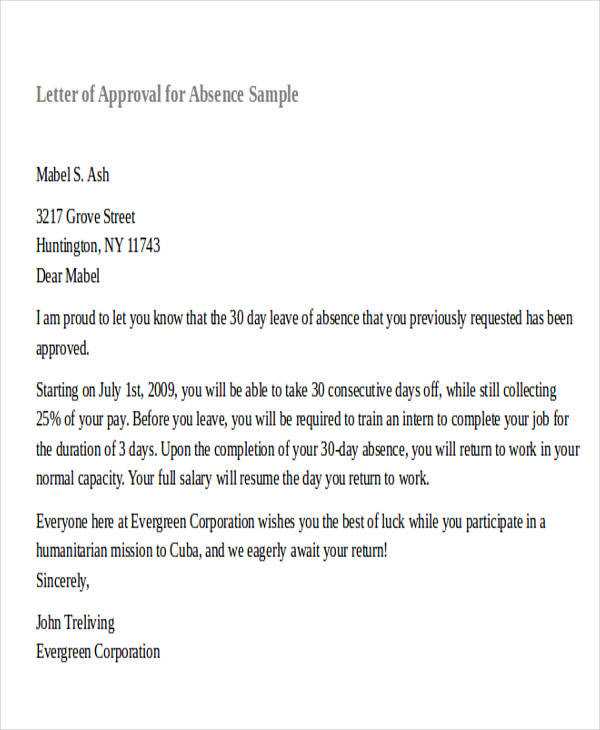
Creating a well-structured document requires careful attention to the key elements that ensure clarity and professionalism. The content must be clear and concise, with a logical flow that allows for easy understanding by all parties involved. Each component serves a specific purpose, contributing to the effectiveness of the communication.
Key Information to Include
To ensure the document serves its intended purpose, several crucial details should be included. This often involves the date, recipient details, a clear statement of consent, and any terms or conditions related to the approval. Additionally, a closing statement that reinforces the formal nature of the document is essential.
Formatting and Structure
The format of the document should follow a standard professional layout. This ensures that the content is easy to read and the information is presented logically. A clean, organized structure is essential for formal communication.
| Element | Description |
|---|---|
| Date | The date the document is issued, establishing a timeline for the approval. |
| Recipient Details | Name and contact information of the individual or entity being addressed. |
| Clear Consent Statement | A direct statement confirming the decision or action being authorized. |
| Terms and Conditions | Specific conditions attached to the consent or approval, if applicable. |
| Closing Statement | A professional closing to reinforce the formal nature of the document. |
Step-by-Step Guide for Drafting
Creating a professional document requires following a structured process to ensure all necessary details are included and clearly communicated. Each step plays a vital role in crafting a document that is effective and meets the intended purpose. Below is a simple guide to help you draft a well-organized document.
- Start with a clear header: Begin by including the date and recipient details. This helps establish the context and ensures that the document is properly addressed.
- Write a concise introduction: State the purpose of the document clearly. It’s important to set expectations right from the beginning to avoid confusion.
- Provide essential details: List any information relevant to the approval. This may include the actions being authorized, specific terms, and any deadlines or conditions.
- Include a statement of consent: Directly express the confirmation or endorsement, ensuring there is no ambiguity about the decision.
- Add a closing paragraph: Reinforce the formal nature of the document and offer any additional information as needed. Finish with a professional closing.
- Proofread and review: Ensure there are no grammatical or factual errors, and confirm the document is clear and properly formatted.
By following these simple steps, you can create a well-structured and professional document that effectively communicates your decision or endorsement.
Best Practices for Formal Letters
Writing a professional document requires attention to detail and a clear understanding of the expectations for formal communication. Following best practices ensures that the message is conveyed effectively while maintaining the appropriate tone and structure. These guidelines help to create a document that is both respectful and professional.
Maintain Clarity and Precision
One of the most important aspects of formal communication is clarity. Avoid using ambiguous language or unnecessary jargon. Ensure the message is straightforward and direct, providing the necessary information without over-explaining. This helps to avoid any potential misunderstandings.
Adopt a Polite and Professional Tone
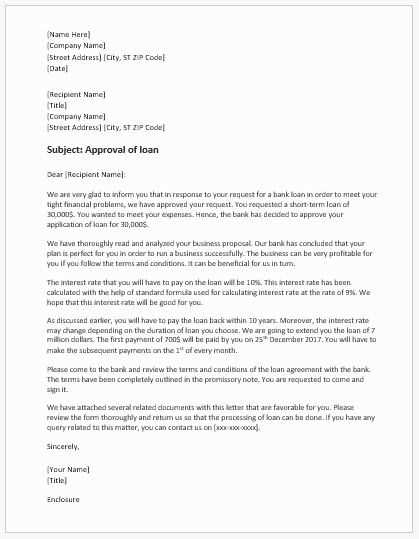
Always use a respectful tone, regardless of the situation. Even when conveying a decision or providing authorization, the language should remain courteous and professional. This is essential in maintaining a positive and respectful relationship with the recipient.
Common Pitfalls to Avoid
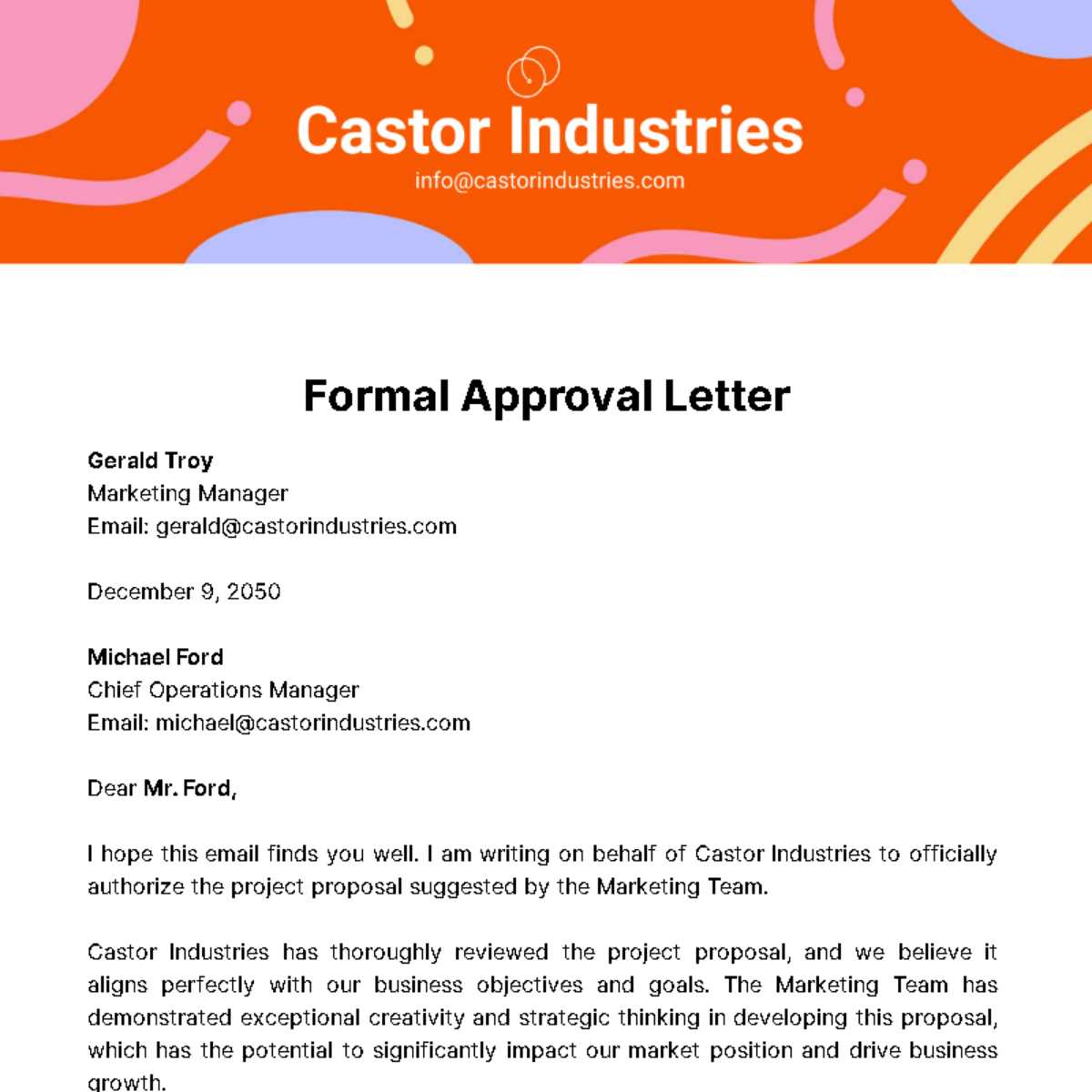
When creating formal documents, it’s important to be aware of potential mistakes that can reduce the effectiveness of the communication. Certain missteps can lead to confusion, misunderstandings, or even undermine the credibility of the message. Avoiding these common pitfalls is crucial to ensure that the document serves its intended purpose.
Ambiguity in Language
Using unclear or vague language can result in misinterpretation. Always be direct and precise in conveying the information. This reduces the chances of the recipient misunderstanding the terms, conditions, or intentions behind the communication.
Neglecting Proper Structure
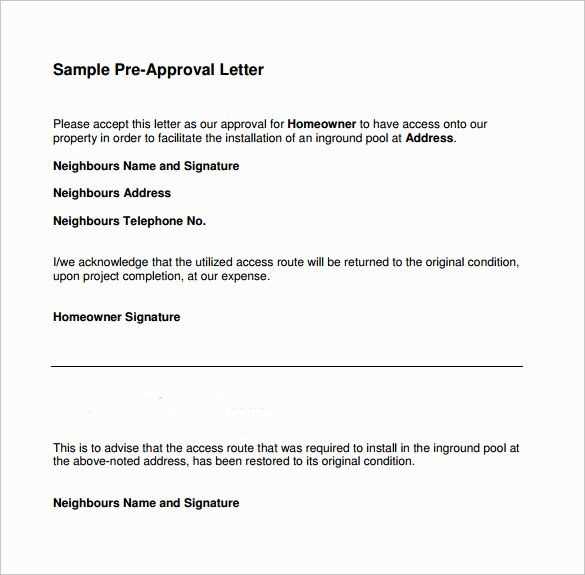
Failing to follow a logical structure can make the document harder to follow. Ensure there is a clear flow from the introduction to the conclusion, with all necessary details in between. A disorganized document may confuse the recipient or appear unprofessional.